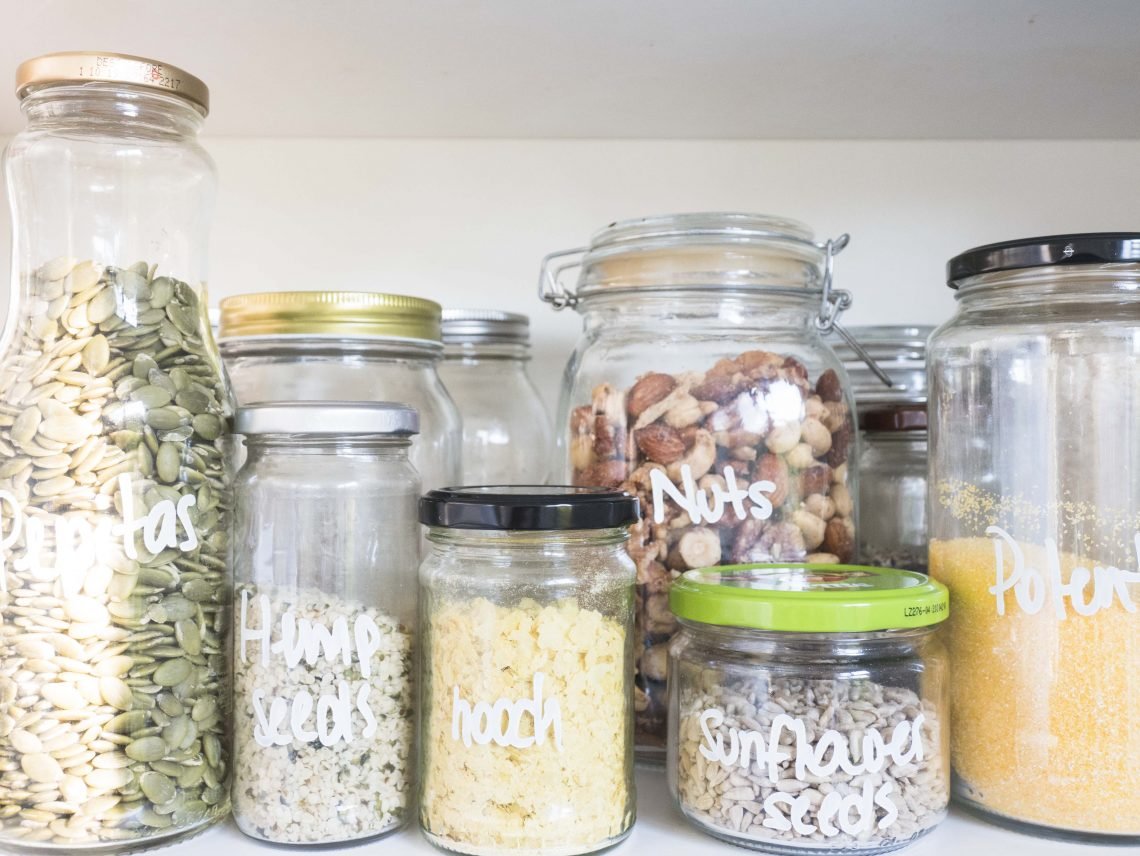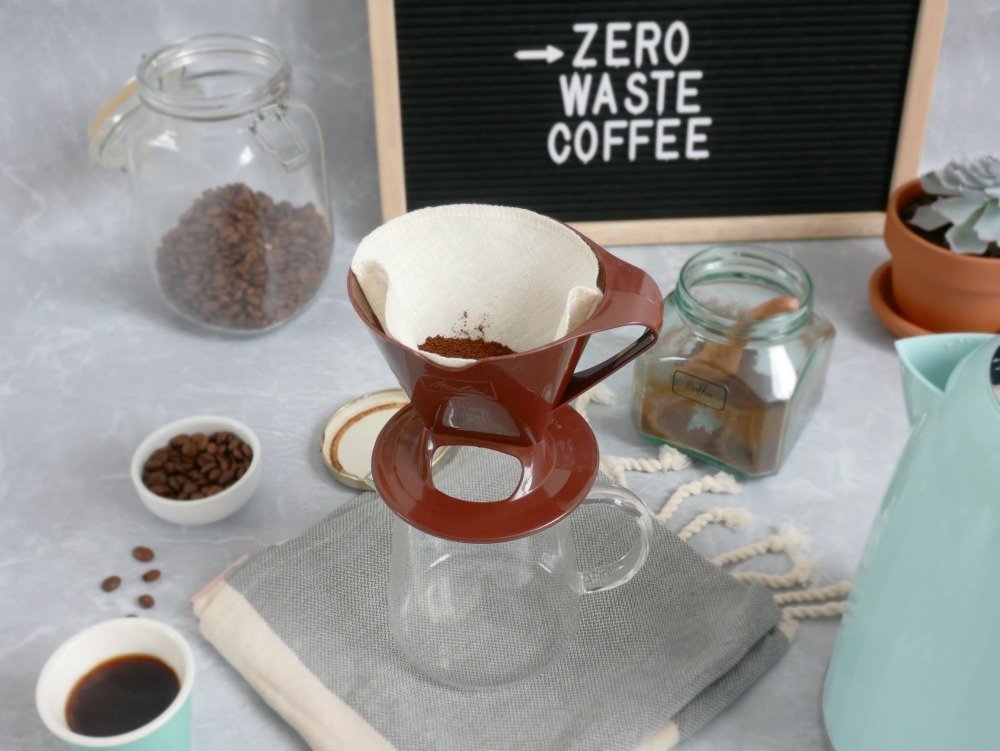This week I gave an interview to a university newspaper and one of the obvious questions that popped up was ‘is living Zero Waste expensive?’. So I realised I never really talked about this here, so I think it was time to break this common misconception.
Is it Expensive to Live Zero Waste?
Well, to ask this question we first need to clarify something first. All lifestyles can be expensive. Some of them can be a lot easier on the pocket whereas some can definitely require more dough.
Living Zero Waste gives you the opportunity to be whichever you want to be. It encourages however, a frugal, simple way of living. And that mentality supports a cheaper lifestyle and one that reduces our excessive buying behaviour.
The idea behind living zero waste is to firstly divert waste from reaching landfill. To do that, ‘zero wasters’ follow a few basic guidelines:
- Refuse: no new items unless strictly necessary; By refusing things we don’t need (free or paid) we reduce the amount of waste we have to manage.
- Reduce: reduce the number of items or things you need to buy;
- Reuse: before throwing anything out, rethink (maybe another R?) if the item can be repurposed into something else and get a second life.
- Recycle: Recycling is a great place to start but a bad place to stop. Recycling is important but if you can avoid something from going to the recycling bin by giving it a second life the better.
- Rot: whatever that can be composted should go there. Composting is one of the best ways to divert waste from landfill and you’ll end up with juicy humus to treat your plants.

Found this tiffin second-hand for $2.
Okay, so now that this is cleared, I’ll share some ways that you can make Zero Waste Living more accessible and better for the planet.
How to Spend Less Living Zero Waste
- Use what you have: Buying is sometimes simply unnecessary. First, think about what you already have and see if you can use those things instead of heading straight to the shops. We may need a reusable coffee cup, but if you’ve got yourself a jar, you can use that instead (Top tip: place some rubber bands around the jar to create a handle so you don’t burn your hands).
- Buy second hand: buying second hand is probably our mantra. Look for places like Salvos, Vinnies (second-hand shops in Australia) or in places like Gumtree or even Facebook Market to get good quality stuff which is having a second life and is way cheaper than buying new! That way you divert not only buying a new items but also everything that comes with it (packaging, labels, plastic bags, invoices…). Buying second hand has given me a fabulous fridge and washing machine, plus several clothes, furniture and kitchenware. It’s shopping heaven for the frugal.
- Be creative: part of being zero waste includes getting really creative and finding alternative solutions to things we would otherwise buy new. Like, instead of buying a brand new bread bag, make one yourself with and old pillowcase or towel you don’t use anymore.

You can use a jar as reusable coffee (use the bands as a heat protection).
- Shop around: when it comes to buying groceries, supermarkets want you to spend all your money in their store. Instead, shop around. Go local and visit your farmers market, local veg and fruit shop and your bulk store. You’ll end up saving more money and buying less packaged products.

Bought these berries at the farmers market for $10 for 300gr. On the supermarket this same week, berries are $6.50 per 125gr. punnet.
- Make it Yourself: when going zero waste, making my own things (like deodorant, bread, pasta, etc…) became more natural and much more enjoyable. Being able to make things myself gives me great pride in what I’ve done, taste (or are) better and no waste was produce. Oh, did I say it’s cheaper as well?
- Set a budget: lastly, it’s important to understand that some things will be more expensive than others, but instead of comparing how much more expensive some item is, it’s better that you set your family a budget to spend with groceries for example and then shop around (see nº 4). You’ll end up saving more money and buying better, locally and most likely waste free.
This are my tips to help you live zero waste without spending all your monies but I must say that everyone will find a different balance and figure their best (and most economical) way of living.
Do you have any other tips to spend less living Zero Waste? Share them below, I’d love to hear from you!

Pin it for later!
Peace & Love,
Larissa






No Comments